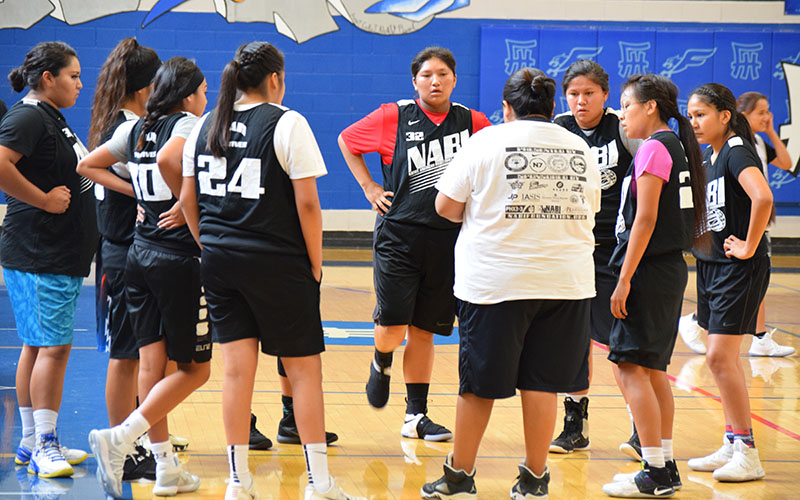
A photo of Army Pfc. Lori Piestewa from Tuba City is displayed during a memorial ceremony April 11, 2003, at Fort Bliss, Texas, Piestewa was among the nine soldiers of the 507th Maintenance Company killed in an ambush March 23 near Nasiriyan, Iraq. (Photo by Bobbie Hernandez/Getty Images)
PHOENIX – After 10 years, 30 nominees and decades of discovery, the first National Native American Hall of Fame will induct 12 honorees in October. Arizona’s Lori Piestewa, the first Native American woman to die in combat as a member of U.S. military, is among those who will be celebrated.
Many of the inductees, such as Olympic star Jim Thorpe, astronaut John Herrington and Maria Tallchief, the first Native American to be a prima ballerina, are well known and have been lauded with awards and honors.
But something was still missing, said James Parker Shield, a member of the Chippewa Tribe and chief executive of the Native American Hall of Fame, who dreamed of the hall for a decade.
There’s a National Women’s Hall of Fame and others honoring various groups, he said.
“But there’s no hall of fame for Native Americans, and I think that there should be,” Shield said.
Harvard professor Phil Deloria, the first tenured Harvard professor of Native American history and the son of author Vine Deloria, one of the inductees, said Shield’s work is valuable.
“Like all halls of fame, it calls attention to certain kinds of extraordinary people who provide role models and opportunities to think about the world in which those folks lived and acted,” he said. “It starts conversations, it establishes aspiration.”
Shield said he pushed to make the hall as inclusive as possible. That started with a voting process in May encouraging Native Americans to weigh in on who, among 30 people nominated by the hall’s board, should make the finals.
“We didn’t want an overrepresentation of any one particular tribe,” said Shield, who wanted to avoid a “popularity contest.”
He and board members chose the inaugural group based on leadership, legacy, mentorship and sacrifice. The honorees represent 10 tribes in eight categories, such as science, athletics and advocacy. Six are women.
Piestewa will be the only hall of famer recognized for her military service. The 23-year-old Marine fought in the Iraq War and was captured in the early days of the conflict. Piestewa was gravely injured and died in a hospital before American troops could rescue her.
Piestewa Peak and the Piestewa Freeway were renamed in her honor. Shield said family members from Tuba City, Piestewa’s hometown, are expected to attend the Oct. 13 ceremony at Indian Steele Park.
Although the ceremony will be held at Indian Steele Park, the Native American Hall of Fame is currently housed online while Shield raises funds for a brick-and-mortar building.
Ryneldi Becenti, who was born and raised in Fort Defiance, was nominated for the Hall of Fame as the first Native American woman to play in the WNBA. She played as a free agent for the Phoenix Mercury from 1997-98.
Becenti said humility is a characteristic of the Native American people. She said her mentors and teammates deserved credit, and the award brings honor to inductees’ tribal nations.
The Hall of Fame inductees include:
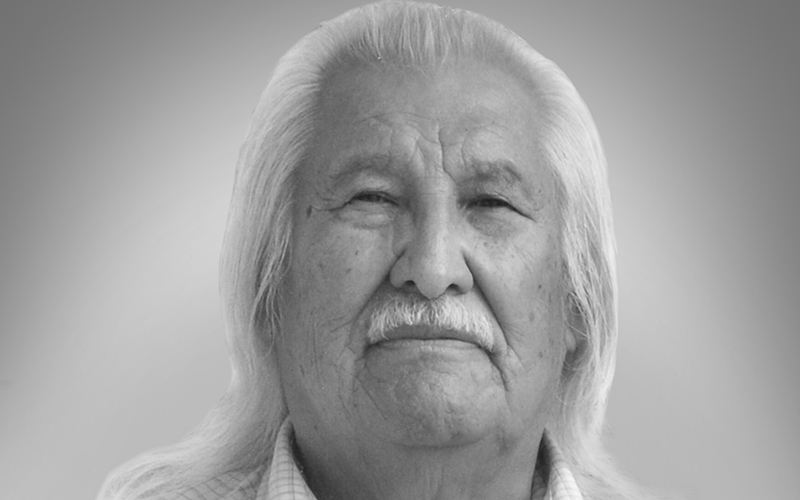
LIONEL BORDEAUX
(Photo courtesy of Sinte Gleska University)
Lionel Bordeaux, Sicangu Lakota
Bordeaux is one of the longest-serving university presidents in America, serving more than four decades as head of Sinte Gleska University in South Dakota.

ELOUISE COBELL
(Photo By Helen H. Richardson/Getty Images)
Elouise Cobell, Montana, Blackfeet
Cobell acted as the lead plaintiff in a class action lawsuit against the U.S. government for its mismanagement of Native American trust funds.

VINE DELORIA, JR.
(Photo by Cyrus McCrimmon/Getty Images)
South Dakota, Standing Rock Sioux
Deloria wrote “Custer Died for Your Sins: An Indian Manifesto,” credited as the first popular-culture novel to bring Native American oppression to the American public.

LADONNA HARRIS
(Photo by MPI/Getty Images)
Oklahoma, Comanche
Harris is the president of Americans for Indian Opportunity, a nonprofit focused on furthering the rights of indigenous people.
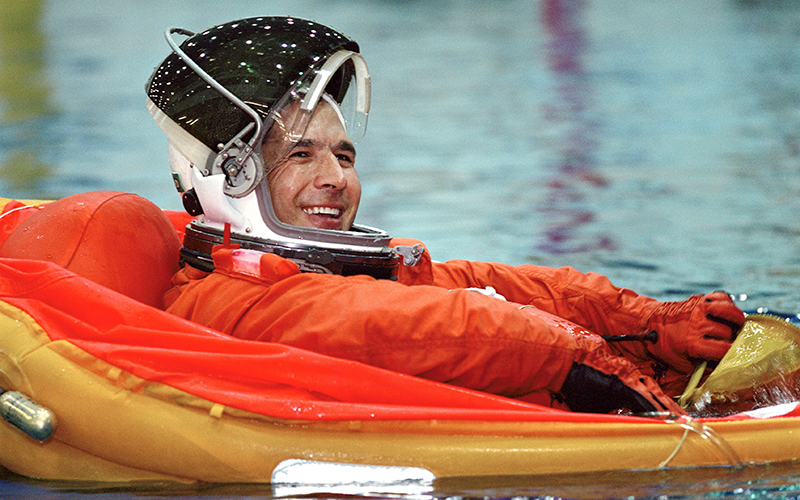
JOHN HERRINGTON
(Photo via Creative Commons)
John Herrington, Oklahoma, Chickasaw.
Herrington is the first Native American man to get to space, as an astronaut for NASA.
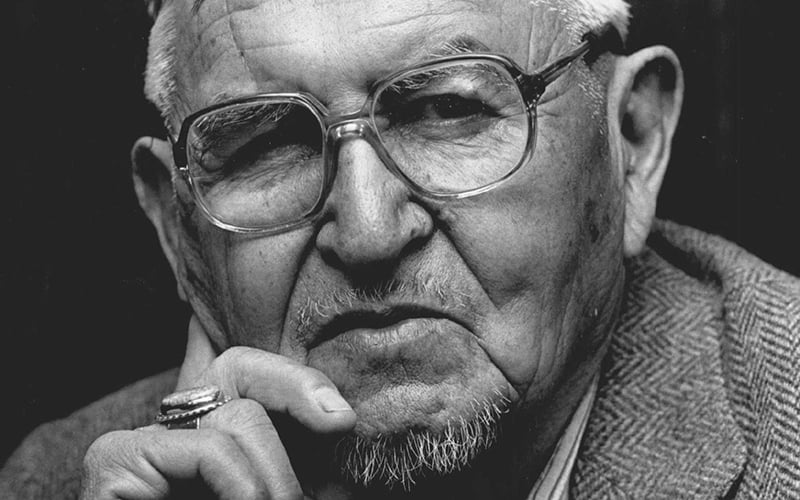
ALLAN HOUSER
(Photo by Lyn Alweis/Getty Images)
Oklahoma, Apache
Houser is considered one of the greatest Modernist sculptors of the 20th century.
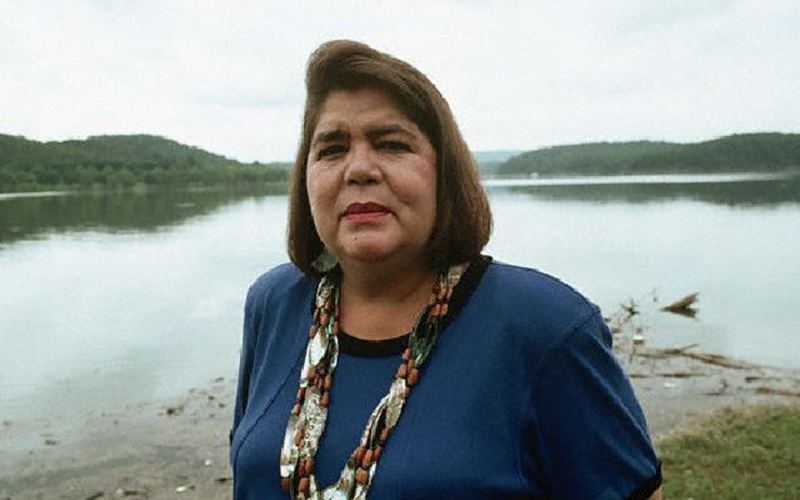
WILMA MANKILLER
(Photo via Creative Commons)
Oklahoma, Cherokee Nation
Mankiller was the first woman to serve as chief of the Cherokee Nation.
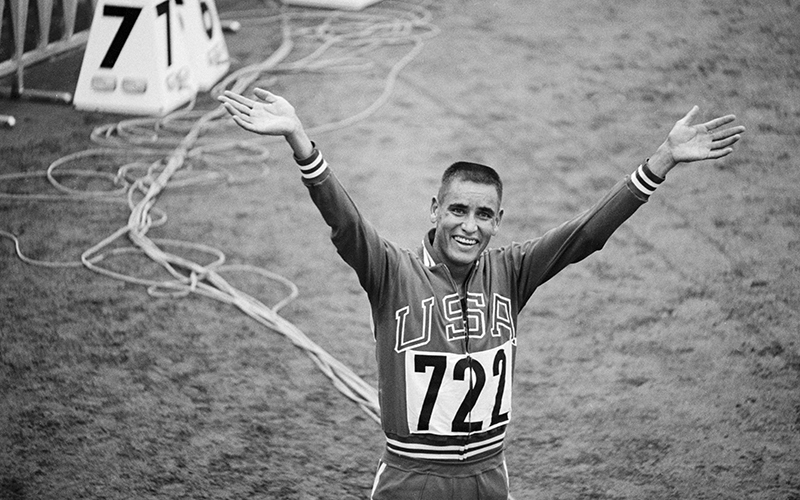
BILLY MILLS
(Photo by Bettmann/Getty Images)
South Dakota, Oglala Lakota
In 1964, Mills won an Olympic gold medal in the 10,000 meter run. He was the first person from the Western Hemisphere to do so.
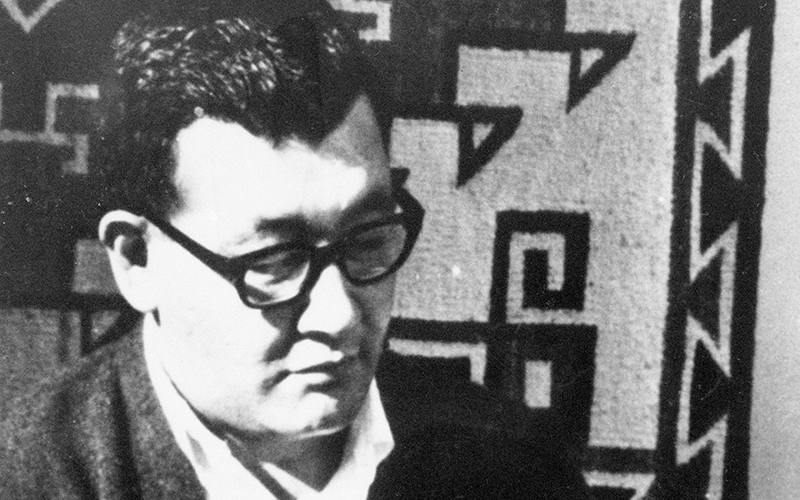
N. SCOTT MOMADAY
(Photo by Bettmann/Getty Images)
Oklahoma, Kiowa
Momaday won a Pulitzer award for his book, “House Made of Dawn.” This book is considered the beginning of the Native American Renaissance.
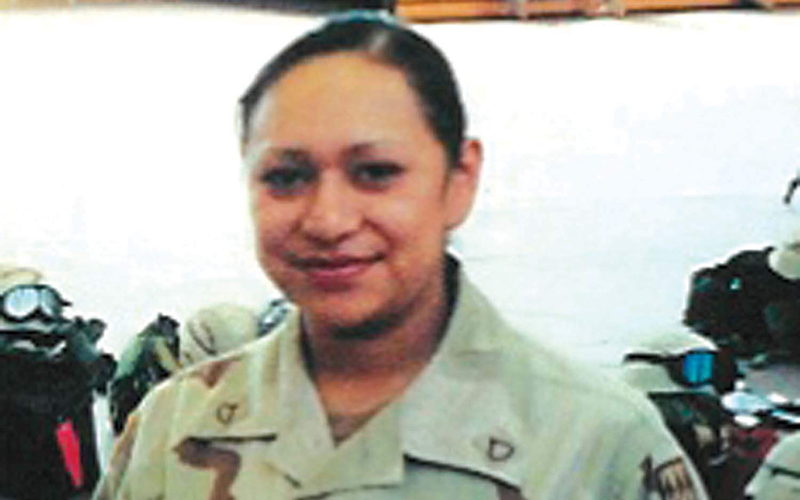
LORI PIESTEWA
(Photo by Piestewa Family/Getty Images)
Arizona, Hopi
Piestewa died in March 2003, making her the first woman to die in the Iraq War and the first Native American woman to die in combat while serving in the U.S. military.
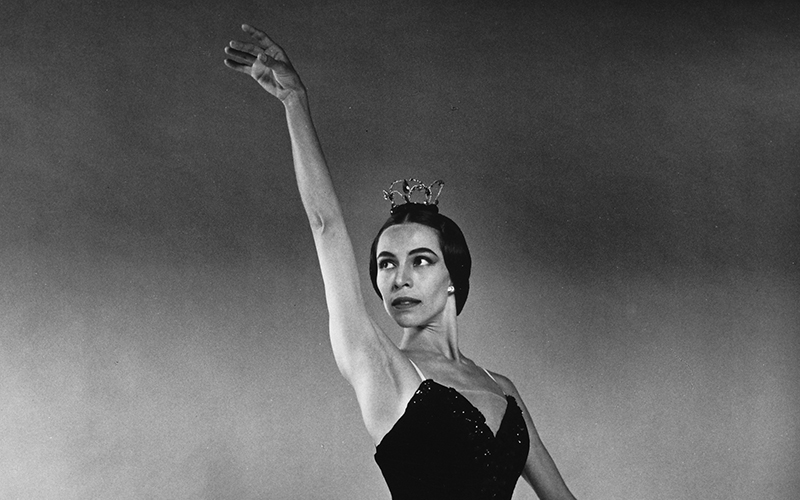
MARIA TALLCHIEF
(Photo by Jack Mitchell/Getty Images)
Oklahoma, Osage
Tallchief was the first Native American to attain the title “prima ballerina.”
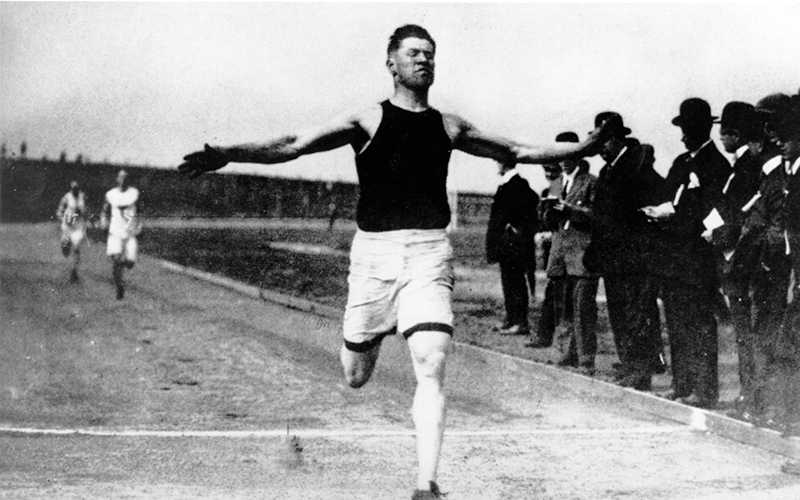
JIM THORPE
(Photo by IOC / Olympic Museum Collections)
Oklahoma, Sac and Fox Nation.
In 1912, Thorpe became the first Native American to win Olympic gold medals.
Connect with us on Facebook.
